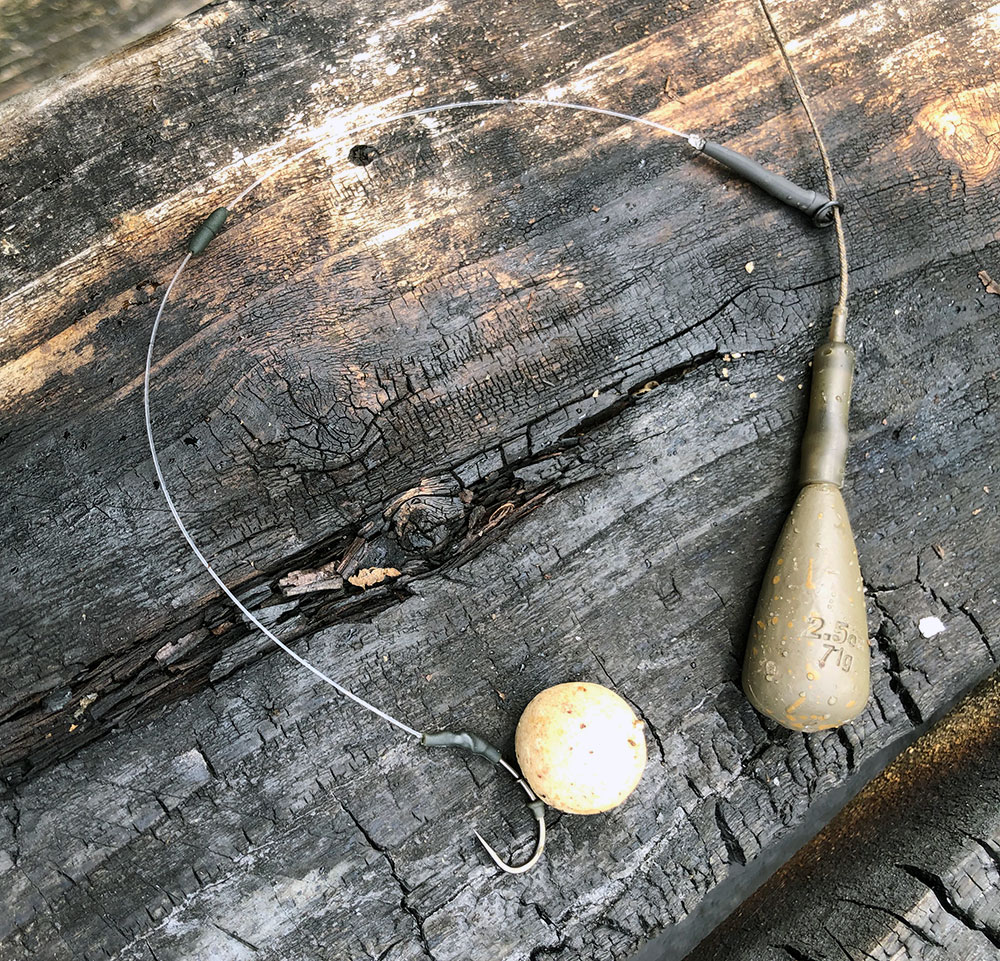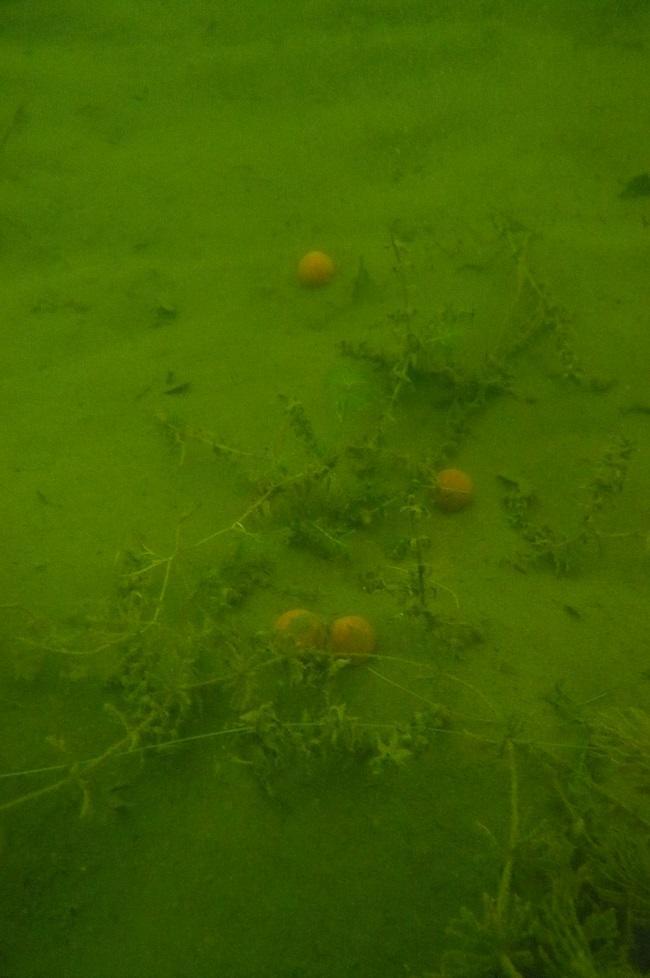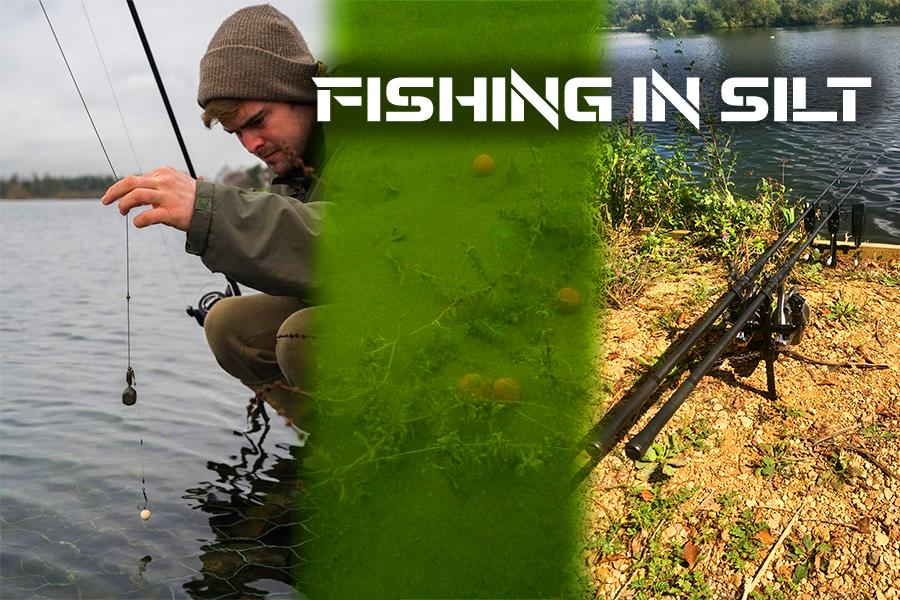Fishing in Silt - What Can I Do To Ensure I'm Fishing Efficently?
Fishing in silt is often a situation many anglers often find themselves in. A lot of lakes are quite silty and sometimes you need a few adjustments to ensure presentation. Here is a run down of how to fish in silt effectively.
Rigs
Tie your rigs longer than usual. This ensures that your rig sits over the silt as your lead may often bury itself in the silt. Fishing a longer rig keeps it away from the lead, ensuring that your rig won't be dragged under the silt from the lead. I like to use a blowback rig with a coated braid as the suppleness of the braid allows the rig to sit over the silt nicely. Be sure to use PVA Foam on your rig or a small mesh bag to ensure that your rig is always presented when fishing in silt.
Lead Set Ups
You want to use a heli set-up or a leadclip. A heli set up is the most suited lead set up as the rig sits above the leading meaning you're always well presented. The way a heli set up works is the lead will always hit the bottom before the rig, allowing the rig to flutter down and sit lovely on top of the silt.
You don't want to use inline leads. If the lead buries itself into the silt on the cast then your rig may go down with it as the rig is attached to the lead rather than a lead clip.
Leads
I would use a lead as light as you can get away with to ensure your lead doesn't sink into the silt. I personally like to use a 3oz, I would not go heavier or lighter as I never feel confident with 2oz leads.

Different Types of Silt
There are different types of silt on the lake, just like any other lake bed. One type of silt the carp will feed on it, the over type the carp are more likely to ignore it. Here are some pointers so you can find the right silt to fish over on your session.
Silt Not To Fish On
When dragging your lead over the lake bed, you will notice that your lead feels sticky and has a rather pungent smell to it. When your lead is reeled in you may clock the black leaf litter on your lead. This is the sort of silt you want to avoid as the fish are a lot less likely to feed on this silt.
Silt To Fish In
When dragging your lead back, you'll find that your lead will glide across the silt. This will tell you that the silt is a lot less deep meaning that it is easier to present. There will be a lot less leaf litter on your lead and it won't be nowhere near as pungent. You may also find natural food like bloodworm in any debris which happens to catch your fish. This is a game changer as the natural food will attract the carp into the area.

Bait To Use
With bait, I would fish particles or chop your boilie in half / crumb. You want your bait to be lighter so it does not get buried in the silt so chopping your boilies to halfs is the perfect way to do this. Make sure you add plenty of liquid additives to get the bait stinking! The smell from the silt can often hide the smell of your bait. If you are not gagging from the smell of your bait, then it is not smelly enough!
With hookbaits, you want to make sure they have some buoyancy so that the lead hits first whilst the rig sinks slowly. The slower the rig sinks, the better your presentation will be. The rig sinking slowly will mean it sits on top of the silt rather than in the silt. Try using wafters, or add some foam / cork to your hookbaits to ensure they sink nice and slowly!
How to Spot Fish In Silt
Here are some signs which will help you spot fish in silt.
Bubbles
When a Fish is feeding in silt, you'll often see loads of bubbles coming up from the water. This is because silt can usually hold gasses which become released when the silt is disturbed which then creates the bubbles. I've seen a silty section of a lake look like a jacuzzi before, it is an instant give away!
Head and Shoulders Out!
When a carp is feeding in a silty area, it is common for some silt to get stuck in their gill rakers. To get rid of this, they simply get their head or shoulder to clear their gills and then will go back down to the bottom to have more of a feed.
Brown / Discoloured Water
When carp are feeding in silty areas, they often stur the bottom right up, creating discoloured water. Usually this looks like a dark cloud of water.
